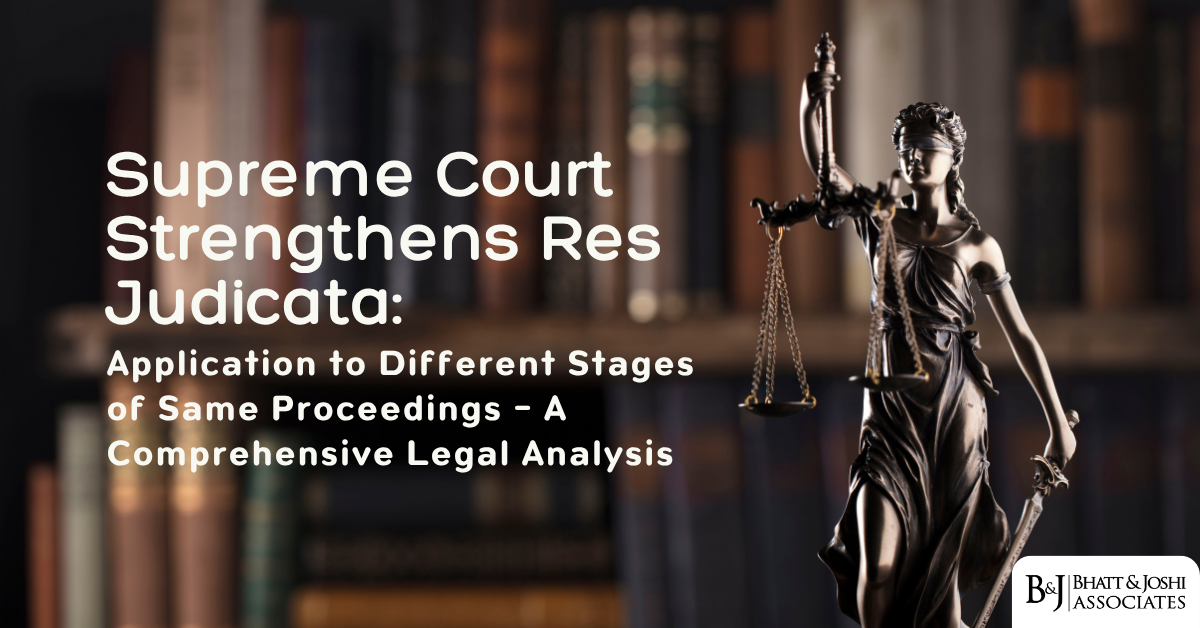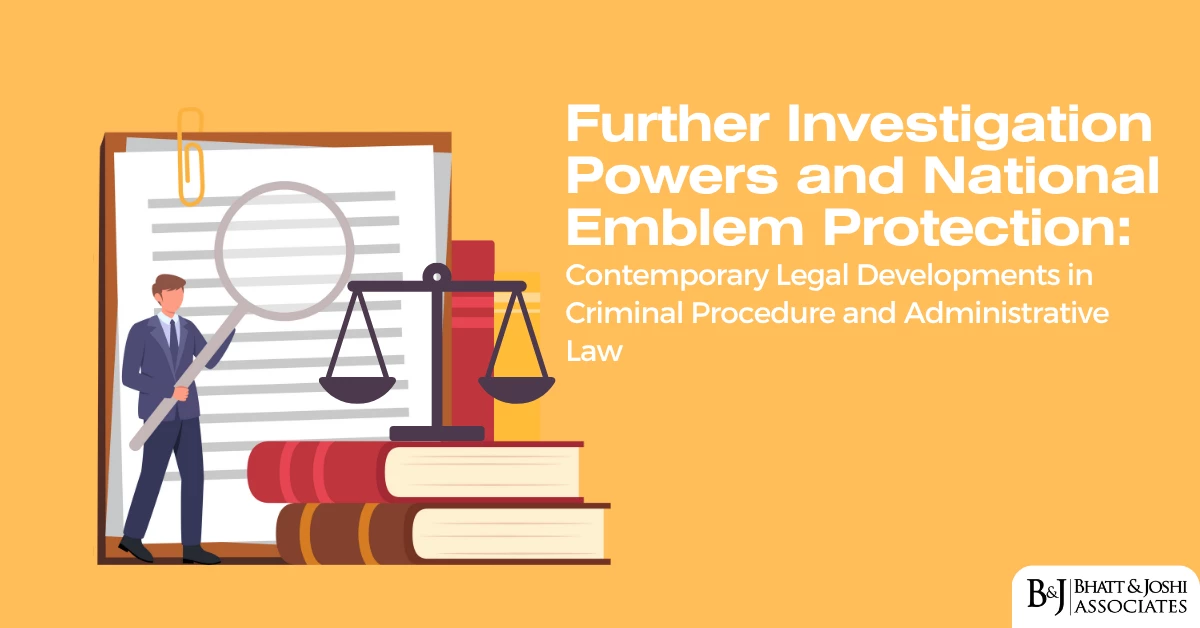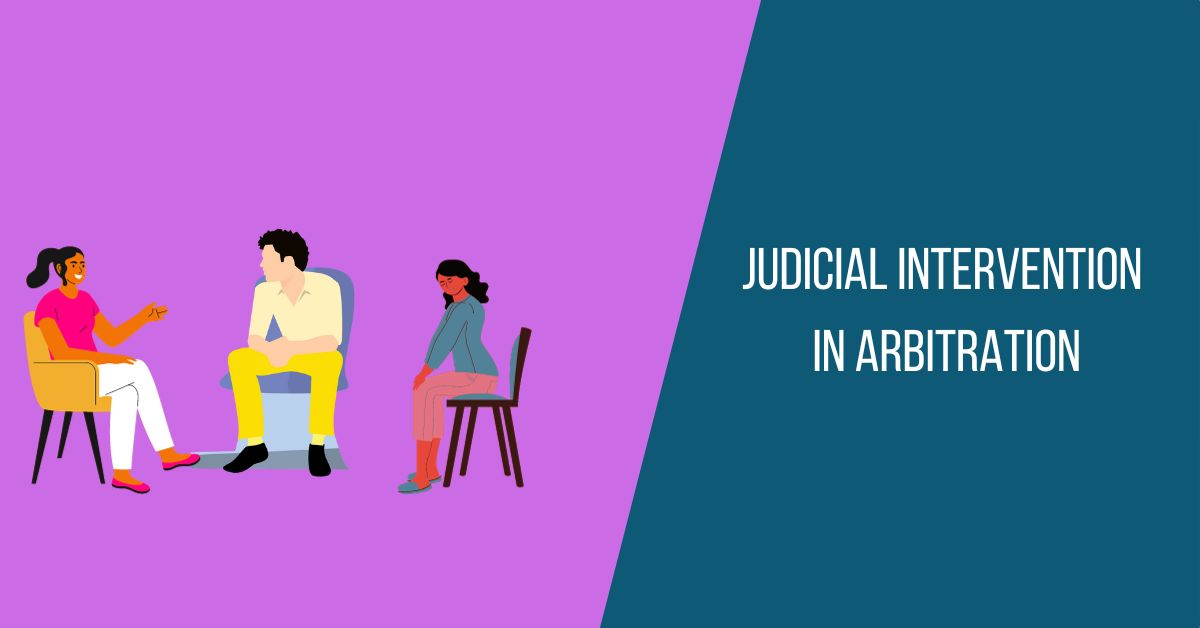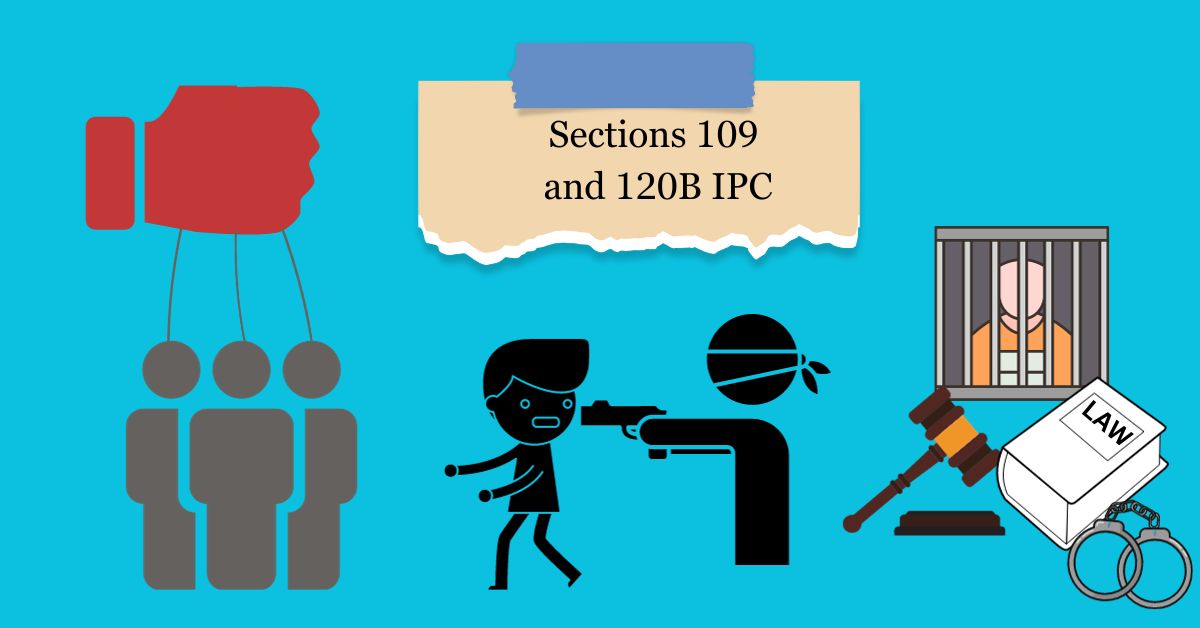Covid 19: Constitutional and legal framework of the management of epidemics and a need of Comprehensive Health care Law in India
INTRODUCTION
A new coronavirus that causes acute respiratory disease in humans was identified in Wuhan City, Hubei Province of China (WHO, 2020a) in late 2019 and is most commonly referred to as COVID‐19. Coronaviruses are a large family of viruses that cause respiratory infections ranging from the common cold to severe diseases like the 2003 Severe Acute Respiratory Syndrome (SARS) outbreak and the 2011 Middle East Respiratory Syndrome (MERS) outbreak. The Novel Coronavirus (2019—NCoV), the cause of the current outbreak, is the seventh identified member of the family of coronaviruses that infect humans (Zhu et al., 2020). The outbreak in China has now spread across the globe and was officially declared a pandemic by the WHO on March 11, 2020. As of may 13, 2021, there are more than 2 crore confirmed cases and more than 2.5 lakh deaths in India.
There are numerous hotspots throughout the country, predominantly in urban areas. While the Government has now sealed the areas in these hotspots, the nation also implemented a 21‐day lockdown as a measure to curb the spread of the virus by breaking its chain on March 25, 2020, which was extended until May 3, 2020 by the Narendra Modi Government. As the virus is highly contagious, many countries have implemented similar lockdowns in an attempt to control the spread of the virus as there is currently no vaccination or approved treatment. India also completely closed all kinds of transportation. The COVID‐19 pandemic is a global medical emergency and requires immediate and stringent action by the Government to control human loss. Apart from medical preparedness, legal provisions play a significant role in managing and controlling the disease.
It is against this background that this paper focuses on identifying the present constitutional and statutory provisions in India that are available to face a health emergency like the COVID‐19 pandemic and identify possible areas for strengthening the legislative structure to face health emergencies in the future. This paper also stresses the need for comprehensive public health law for effective prevention, control, and management of pandemics. Largely, this paper is based on primary sources like laws, statutes, regulations, notices, and court cases related to health and health emergencies in the country. Various acts and laws that are included in this research are the Epidemic Disease Act, 1897 (EDA), the Disaster Management Act, 2005 (DMA) along with bills introduced in parliament and which have lapsed like the National Health Bill (2009) and the Public Health (Prevention, Control, and Management of epidemics, bio‐terrorism, and disasters) Bill, 2017 along with regulations, notices, and guidelines issued during the COVID‐19 crisis by the Central Government along with state governments.
Health‐related constitutional provisions
The constitutional and legal framework of the management of epidemics and health emergencies has been at the forefront of discussions and debates throughout and outside of the nation since the nationwide lockdown order. The Indian Constitution ensures the Right to Health for all without any discrimination. Article 21 in the Indian Constitution states explicitly the citizen’s fundamental right to life and personal liberty, which can be argued was violated as the country enacted a complete nationwide lockdown. Provisions related to health are mentioned in Part IV of the Constitution in terms of the Directive Principles of State Policy. Article 39(a) mentions the responsibility of the State to provide security to citizens by ensuring the Right to adequate means of Livelihood. Article 39(e) mentions the State’s responsibility to ensure that “health and strength of workers, men, and women and the tender age of children are not abused.” Article 41 imposes a duty on the State to “provide public assistance in cases of unemployment, old age, sickness, and disablement.” Article 42 makes provision to “protect the health of the infant and mother by maternity benefit.” Article 47 is about “raising the level of nutrition and the standard of living of people and improving public health.”
India is a union of 28 states and 8 Union Territories. There is a constitutional distinction between the working rights and responsibilities of the government bodies of the central government and the states and territories. The seventh schedule under Article 246 of the Indian Constitution deals with the division of powers between the Union and the States, and legislation can be made, respectively. The Seventh Schedule contains three lists: the Union List, the State List, and the Concurrent List. The Parliament can make laws on 97 items that are mentioned in the Union List, whereas the state legislatures can make laws related to the 62 items in the State List. The Concurrent List, on the other hand, has subjects over which both Parliament and state legislatures have jurisdiction on 52 items. However, the Constitution gives federal supremacy to Parliament on the Concurrent List items in case of a conflict. Both the Central Government and the states are empowered to make laws related to public health. Items related to public health are mentioned in all three lists of the Indian Constitution. Quarantine, including all issues related to seamen’s and marine hospitals and medical institutions, are mentioned in numbers 28 and 81 of the Union List. The states can make legislation related to “health care, sanitation, hospitals, dispensaries, and prevention of animal diseases” under item six of the State List. The Union and states can make laws related to the health profession and the prevention of the extension from one state to another of infectious or contagious diseases or pests affecting people, animals, or plants under entries 26 and 29 of the Concurrent List. The High‐Level Group (HLG), formed for the health sector by the 15th Finance Commission, recommended moving health subjects to the Concurrent List. It also recommended mentioning the “Right to Health” as the fundamental right.
The Right to Health is not explicitly mentioned in the Indian Constitution as is the Right to Education, but various judgments—Consumer Education and Resource Centre versus Union of India (1995), State of Punjab and others versus Mohinder Singh Chawala (1997) and Paschim Banga Khet Mazdoor Samity versus State of West Bengal (1996) included the Right to Health as part of Article 21 of the Indian Constitution (i.e., Right to Life, and the Government has a constitutional obligation to provide health facilities to citizens). Hence, the role of government at all three levels—Union, State, and local (panchayats and municipalities) level is crucial in providing healthcare to all citizens. However, “health emergency” is not part of the emergency provisions of the Indian Constitution. The Indian Constitution empowers the President of India to declare three kinds of emergencies: national emergency, state emergency, and financial emergency. A national emergency is imposed if the security of the country is threatened on the grounds of war, external aggression, or armed rebellion. A state emergency is imposed if there is a constitutional breakdown in the respective state. A financial emergency is imposed if the financial stability of the country is threatened. As imposing a lockdown or keeping strict measures to contain the spread of disease will impact citizens’ fundamental rights, there is a need to explore various constitutional methods to include health emergencies in the emergency provisions with proper consultations with various stakeholders.
Existing laws for facing health emergencies in India
1. The Epidemic Diseases Act, 1897 (EDA)
The Epidemic Diseases Act, 1897, which was enacted during the British colonial era, was promulgated to tackle the bubonic plague which broke out in the Bombay State (now Maharashtra State). The Act is 125 years old, with only four sections. The law is described as “extraordinary” but “necessary” by John Woodburn, the Council Member of the Governor‐General of India in Calcutta during the discussion on the bill introduced in 1897 and emphasized that people must “trust the discretion of the executive in the grave and critical circumstances’. Hence, any action taken on the grounds of epidemics must take into consideration all grave and critical circumstances. Such decisions may not be opposed by the general public for the “greater good” for all. The law was vital in containing other outbreaks in the country like Cholera (1910), Spanish Flu (1918–20), Smallpox (1974), Swine flu (2014), and the Nipah Virus (2018). The EDA is the only act that provides legal interventions in the case of a national or sub‐national epidemic. The first section gives the title and the extent of the implementation of the act. The second section deals with the power to take special measures and prescribe regulations during times of dangerous diseases by the central and state governments. Under section 2 of the act, the state government may take or empower any person to issue notices or regulations to be observed by people during the outbreak. Section 2A empowers the Central Government to take precautions and issue regulations for the inspection of ships and vessels and also to regulate any person who intends to sail. Penalties are included in the third section, and the fourth section covers the protection of persons acting under the act. The disobedience to the directions of public servants under the act is considered an offense and punishable under section 188 of the Indian Penal Code 45 of 1860 (i.e., imprisonment of 6 months and/or a fine of 1000 rupees).
On April 22, 2020, using the powers under Article 123, the Modi Cabinet issued an ordinance to amend the EDA, as there had been incidents of attacks on health care workers. The ordinance amended section 3 of the EDA. If anyone causes damage or loss to the property, then they may be punished with “imprisonment for a term of 3 months to 5 years and with a fine of Rs. 50,000/‐ to Rs. 200,000/‐.” In case of violence and physical attack on health care workers, they can be imprisoned “for a term of 6 months to 7 years and with a fine of Rs. 100,000/‐ to Rs. 500,000/.” In addition, “the offender shall also be liable to pay compensation to the victim and twice the fair market value for damage to property.”
Telangana, a south Indian State, invoked the EDA by issuing a regulation called “the Telangana Epidemic Disease (COVID‐19) Regulation 2020”. The regulation empowers the Director of Public Health (DPH), the Director of Medical Education, all the District collectors, Commissioner of Police, District Superintendent of Police, and all Municipal Commissioners of Corporations in the State to take measures to control and contain COVID‐19. The regulation brings all hospitals, both public and private, under the purview of the regulations and directs them to report all cases to the State Integrated Surveillance Units and Collector of the District or the Commissioner of Corporations. The empowered officials can take action on persons who refuse to comply with the regulation under Section 188 of the Indian Penal Code. The regulation also prohibits the spread of misinformation on social media and in print media, and necessary action may be taken on violators. Hence, the State Government of Telangana emphasized keeping the institutional structures strong and powerful to contain COVID‐19.
Another south Indian State promulgated the Karnataka Epidemic Diseases, COVID‐19 Regulations, 2020, using the powers under the EDA. The regulations bar private laboratories from conducting COVID‐19 testing. All samples must be collected by the designated laboratory by the District Nodal Officer of the Department of Health and Family Welfare of the concerned district. The samples are collected according to guidelines issued by the Central Government. The interesting point of the regulation is that it makes the District Disaster Management Committee headed by the Deputy Commissioner the main authority for preparing strategies regarding containment measures at the district level. Similarly, many state governments have issued regulations according to their institutional setup and strategized their plans to counter COVID‐19.
Prior to the COVID‐19 pandemic, some state governments had their own public health acts or had amended the EDA to include certain provisions at the state level. The Madras Public Health Act, 1939 in the State of Tamil Nadu, is one example of comprehensive public health law at the state level. The act includes a Public Health Board being constituted at the state level that includes a Minister of Public Health, other coordination ministers, the surgeon general, Director of Health Services, Sanitary Engineer and other members nominated by the state government. The Board’s role is to advise the state government. The act also includes prevention, notification, and treatment of diseases. There is a similar act in the State of Madhya Pradesh, namely the Madhya Pradesh Public Health Act, 1949. In the State of Kerala, the Travancore‐Cochin Public Health Act, 1955 and the Malabar Public Health Act, 1939 are both in place in the case of any major public health issue. The Madhya Pradesh State Government is planning to combine both acts and bring them into a single act for covering the entire state. Compulsory provision of vaccinations is included by the state government of Himachal Pradesh under the Himachal Pradesh Vaccination Act, 1968. Bihar gave the state governments the power to make requests for vehicles during epidemics .
The EDA is not comprehensive and left to state governments to devise their own public health laws. However, only some state governments like Madhya Pradesh and Bihar have their own laws related to public health. Though the EDA has been invoked during the COVID‐19 pandemic by various state governments after directions from the Central Government, there is a need for an integrated, comprehensive, actionable, and relevant legal provision for the control of outbreaks in India. The EDA in the present form is not sufficient to face health emergencies like COVID‐19 as it is silent on technical and operational mechanisms of the control and management of epidemics.
2. Disaster Management Act, 2005
It was the Disaster Management Act under which the nationwide lockdown of 21 days was declared on March 25, 2020 by the Modi Government and was then extended until May 31, 2020. The DMA was enacted in 2005 with the objective “to provide for the effective management of disasters and for matters connected therewith or incidental there to.” The act consists of 79 sections and covers a wide range of issues like the establishment of the National Disaster Management Authority (NDMA), State Disaster Management Authority (SDMA), District Disaster Management Authority (DDMA), measures to be taken by the Governments during the disaster, penalties, and offenses of the violators. The NDMA was established under the act, and the Prime Minister is the ex‐officio Chairperson along with nine other members. Subsequently, a guideline on the Management of Biological Disaster 2008 was passed and currently the NDMA deals extensively with biological disasters and health emergencies.
There are certain sections in the NDMA that helped the Central Government to impose the lockdown and restrict all kinds of transportation in the country. Section 62 of the DMA gives powers to the Central Government to issue directions to all ministries or departments of the Government of India and state/UT governments. On 11 April 2020, the Central Government invoked section 69 of the DMA, which delegated the powers of the Home Secretary to the Secretary, Ministry of Health and Family Welfare for coordinating various activities among ministries and states/UTs. Unlike the other laws, this act “provides for an exhaustive administration set up for disaster preparedness.” Violators are punishable up to 1 year in jail or a fine or both under Sections 51 to 60 of the Act. The law describes the offense as obstructing any officer or employee from performing their duty or refusing to comply with directions. For the better execution of the national lockdown, numerous states likewise summoned section 144 of the Criminal Procedure Code (CPC).
One of the major issues with the DMA is whether epidemic or pandemic can be considered “disaster” as per its definition. Section 2(d) of the DMA States that: “Disaster means a catastrophe, mishap, calamity or grave occurrence in any area, arising from natural or man‐made causes, or by accident or negligence which results in substantial loss of life or human suffering or damage to, and destruction of, property, or damage to, or degradation of, environment, and is of such a nature or magnitude as to be beyond the coping capacity of the community of the affected area.” One can interpret that a health emergency of the kind created by the COVID‐19 pandemic falls under “grave concerns,” but such interpretation will not serve any purpose in effectively managing the epidemic. There are intricacies and technicalities associated with the health emergency that is not covered by this legislation.
3. Other legislative provisions
Terms like “quarantinable disease” and “isolation,” have been defined under the Indian Aircraft (Public Health) Rules, 1954 as “yellow fever, plague, cholera, smallpox, typhus, and relapsing fever” and “when applied to a person or group of persons means the separation of that person or group of persons from other persons, except the health staff on duty, in such a manner as to prevent the spread of infection.” respectively. Along with these, it provides definitions of various other words such as “Health Officer,” “Infected Aircraft,” “Infected Area,” “Infected Person.” Similar restrictions are found under the Indian Port Health Rules, 1955, framed under the Indian Port Act, 1908, for the quarantining and isolation of passenger ships, cargo ships, and cruise ships. It further provides for the provision, which states that the Central Government has the power of inspection of any ship or vessel leaving or arriving at the port at any point of time which comes under its jurisdiction. Similarly, the provisions in the Livestock Importation Act, 1898, cover the issue of quarantine of animals to protect and maintain their good health. Where the word “Quarantine” means “to separate and restrict the movement of healthy animals which may have been exposed to a communicable disease to see if they become ill” while the word “Isolation” means “to separate the ill having communicable disease from those who are healthy.” Later, under the same act, Animal Quarantine and Certification Service Station was created for the same purpose. While the Drugs and Cosmetics Act, 1940 provides provisions related to public health on the grounds of availability of and distribution of vaccines and drugs during an outbreak of dangerous and infectious disease.
A Public Health Bill was introduced in 2009, but it was not passed because many states objected to it as health is a subject under the State List. The bill was extensively drafted and mandated health as a right and also recommended the establishment of a National Public Health Board. The bill also advocated for the convergence of various national, state, district, block, and village level planning and implementation authorities. The redressal and communication mechanisms were also clearly mentioned in the bill. The bill was introduced during the United Progressive Alliance (UPA)—II regime under Manmohan Singh as Prime Minister. Subsequently, in 2017, during the Modi government’s first term, the Public Health (Prevention, Control, and Management of Epidemics, Bio‐fear based oppression, and Disasters) Bill 2017 was introduced, but the bill ultimately faced the same fate as the previous bill. The 2017 bill clearly defines epidemics, isolation, quarantine, public health emergency, and social distancing. Section 3 of the bill gives powers to state/UT, district, and local authorities, whereas section 4 of the bill defines powers of the Central Government in giving directions. Penalties are also high when compared to other acts and bills. Section 14 (1) of the bill repeals the EDA.
Author: Vinay Sachdev
Editor: Adv. Aditya Bhatt & Adv. Chandni Joshi













